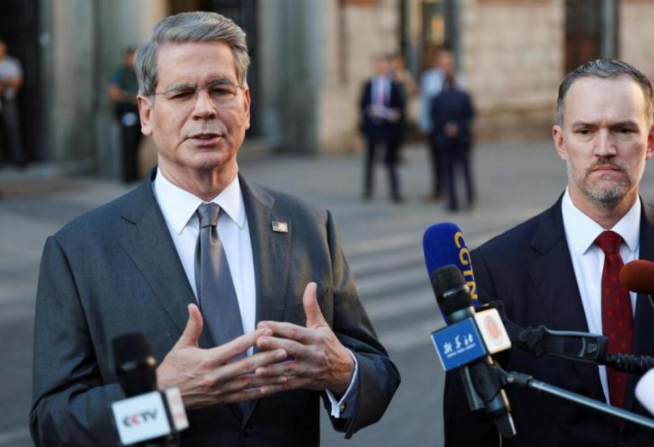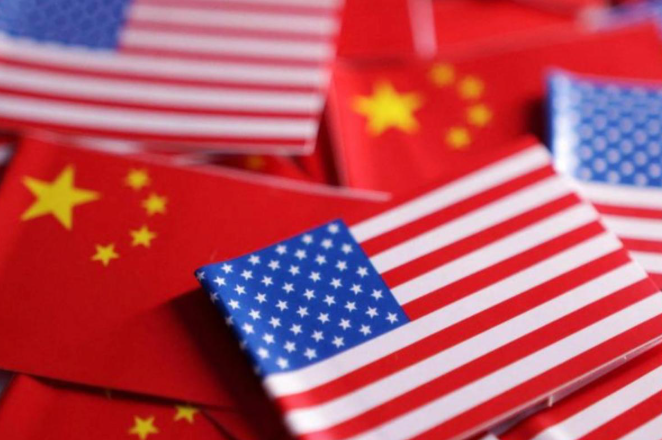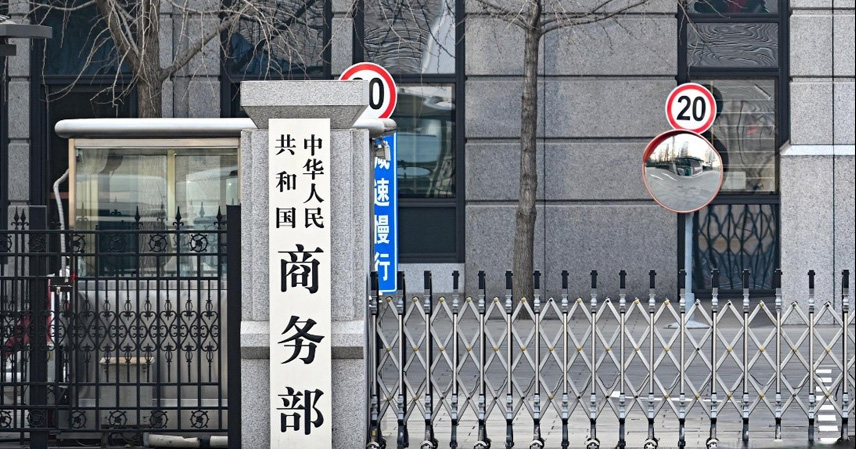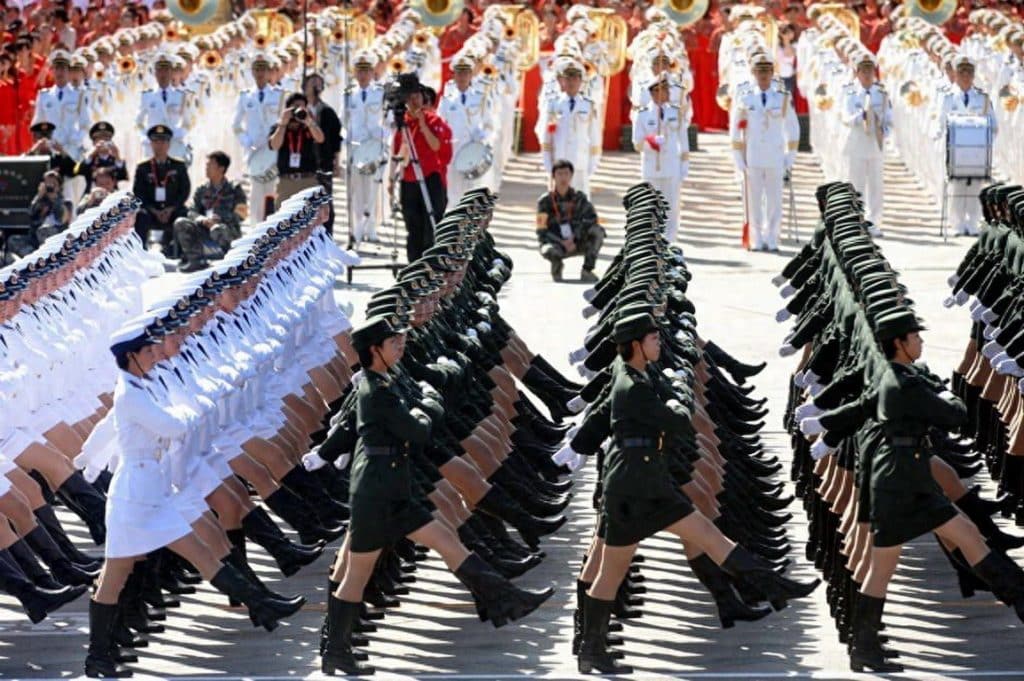As the fifth round of U.S.-China trade talks approaches, tensions remain high. Former President Trump’s statement that “the U.S. and China are locked in a protracted trade war” has cast a shadow over upcoming negotiations. The U.S. continues to oscillate in its approach, while China positions itself strategically, having prepared carefully and compiled a list of 20 countermeasures in response to American actions.
Targeted Countermeasures Hurt U.S. Interests
China recently implemented two additional export control measures targeting critical materials such as superhard materials and rare earths, hitting U.S. industries unexpectedly. Trump responded with a mix of threats and conciliatory gestures, while U.S. Treasury Secretary Janet Yellen publicly stated that, should China halt the export restrictions, the U.S. would consider extending tariff exemptions.
From the U.S. perspective, China’s moves were unanticipated. U.S. Trade Representative Katherine Tai noted that the rare earth measures were announced without prior notification, and the U.S. only learned of them through public channels. Treasury Secretary Yellen remarked in a CNBC interview that, contrary to claims that China reacted after U.S. action, the measures were “long-planned”, revealing the U.S.’s lack of preparedness.

U.S. Actions Preceded China’s Response
It is important to note that China’s countermeasures are responses to U.S. provocations. On October 16 alone, China addressed 20 aggressive U.S. measures introduced shortly after the Madrid trade talks, which China says significantly harmed its interests and disrupted negotiations.
Key U.S. actions include:
- The “Entity List Penetration Rule” (late September), which broadened export controls through shareholder relationships, affecting thousands of Chinese companies.
- Port fees effective October 1, targeting Chinese-built ships, causing additional economic impact.
These measures represent systemic and technical suppression of Chinese interests, prompting China’s measured retaliation.
China’s Clear Message to the U.S.
China has outlined its position firmly:
- The export controls are not directed at the U.S. specifically, but are measures to protect national security and comply with international obligations—thus prior notice to the U.S. is not required.
- The U.S. broke trust first. Despite four prior rounds of negotiations, the U.S. introduced new restrictions, undermining bilateral confidence.
- China remains willing to resolve disputes through mutual respect and equal dialogue, but emphasizes strong opposition to U.S. actions and calls for immediate correction of inappropriate measures.
As the Ministry of Commerce spokesperson He Yongqian stated, the next step for the U.S. is to cease its unjustified sanctions; only then can meaningful cooperation proceed.

Strategic Preparedness and Long-Term Outlook
China’s recent moves demonstrate strategic foresight and a readiness for long-term engagement. By compiling the 20 measures into a coherent response, Beijing signals that it will not concede unilaterally.
The upcoming trade talks will be a critical test. While China has clearly defined its position, the U.S. must show genuine willingness to correct prior actions and engage in constructive negotiation. Until then, the stalemate persists, and China is fully prepared to enforce its countermeasures.
The message is unambiguous: cooperation is possible only on a basis of mutual respect; unilateral pressure will be met with measured, strategic counteraction.
References
- Chinese Ministry of Commerce, Official Statements, October 2025
- U.S. Treasury Department, Public Comments, October 2025
- CNBC Interview with Treasury Secretary Janet Yellen, October 2025



